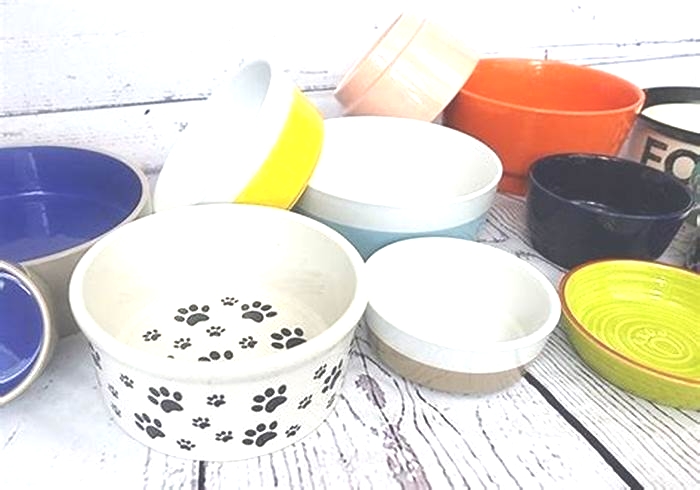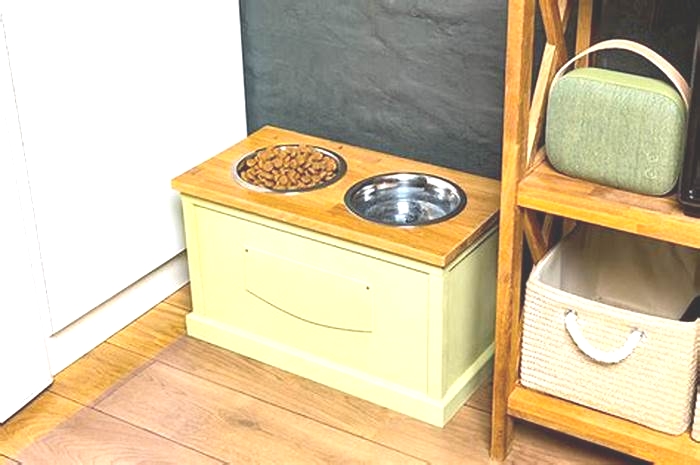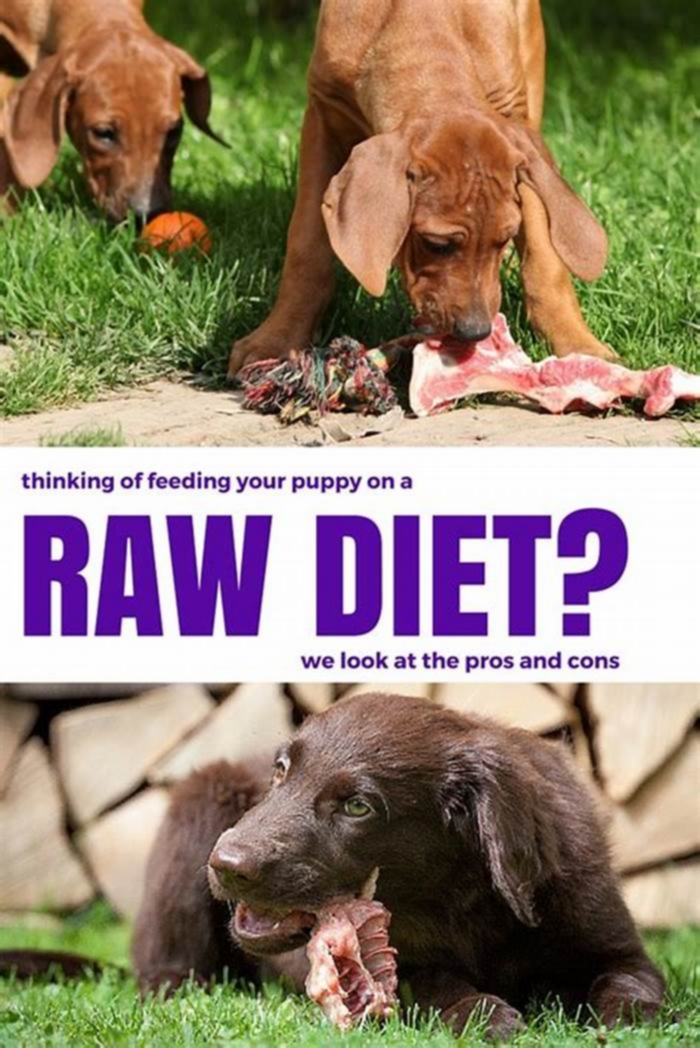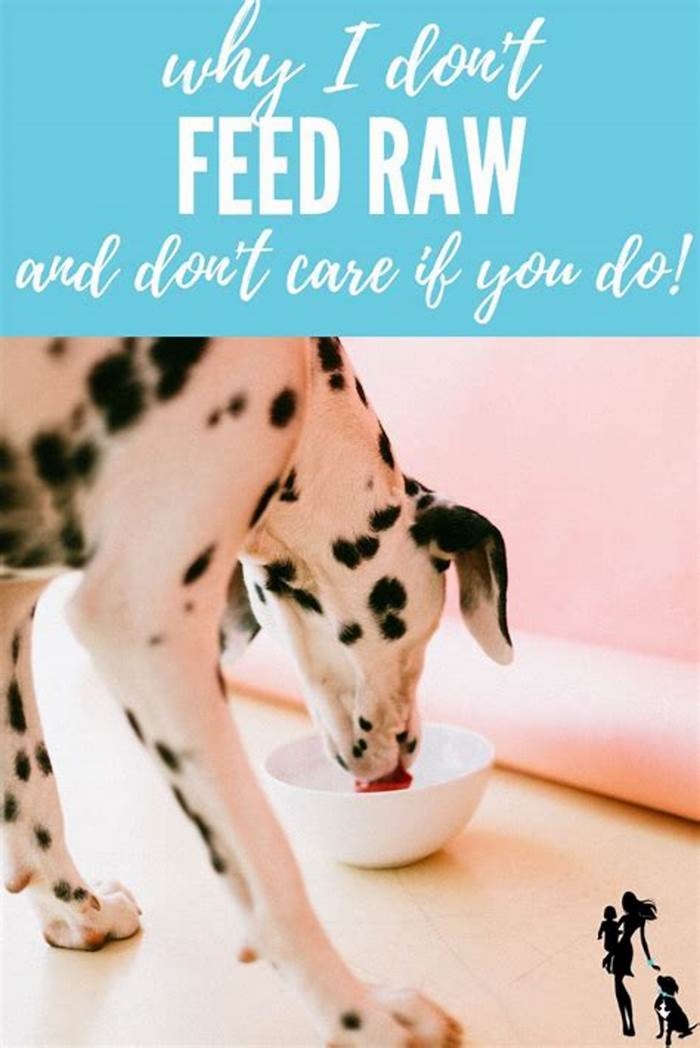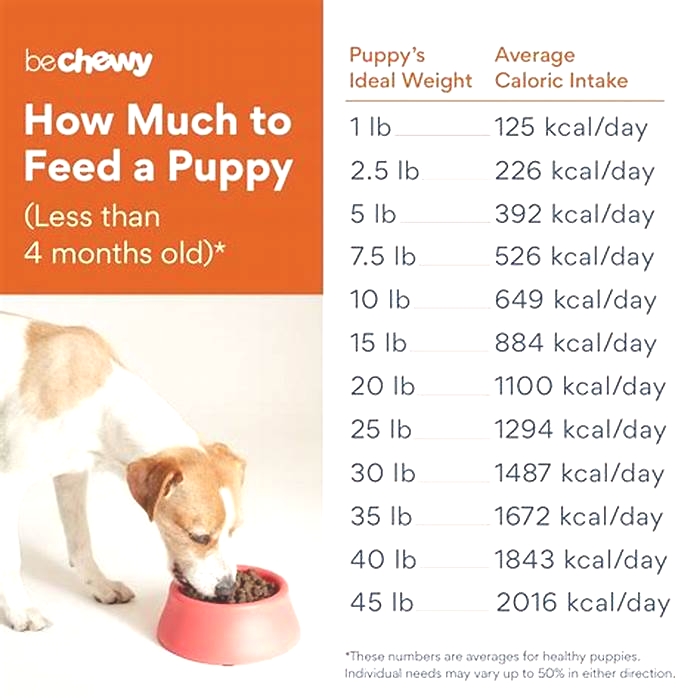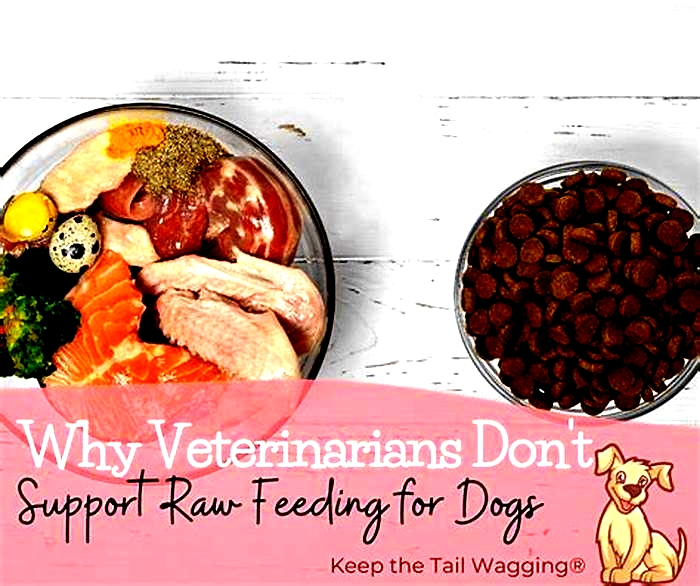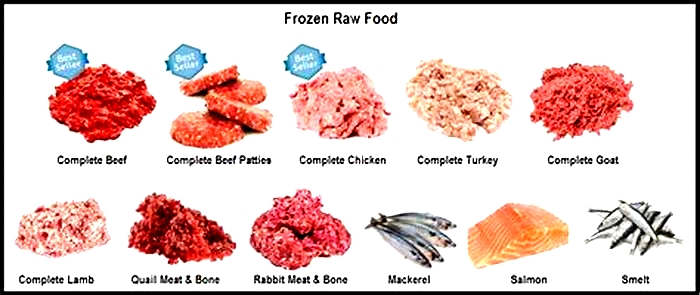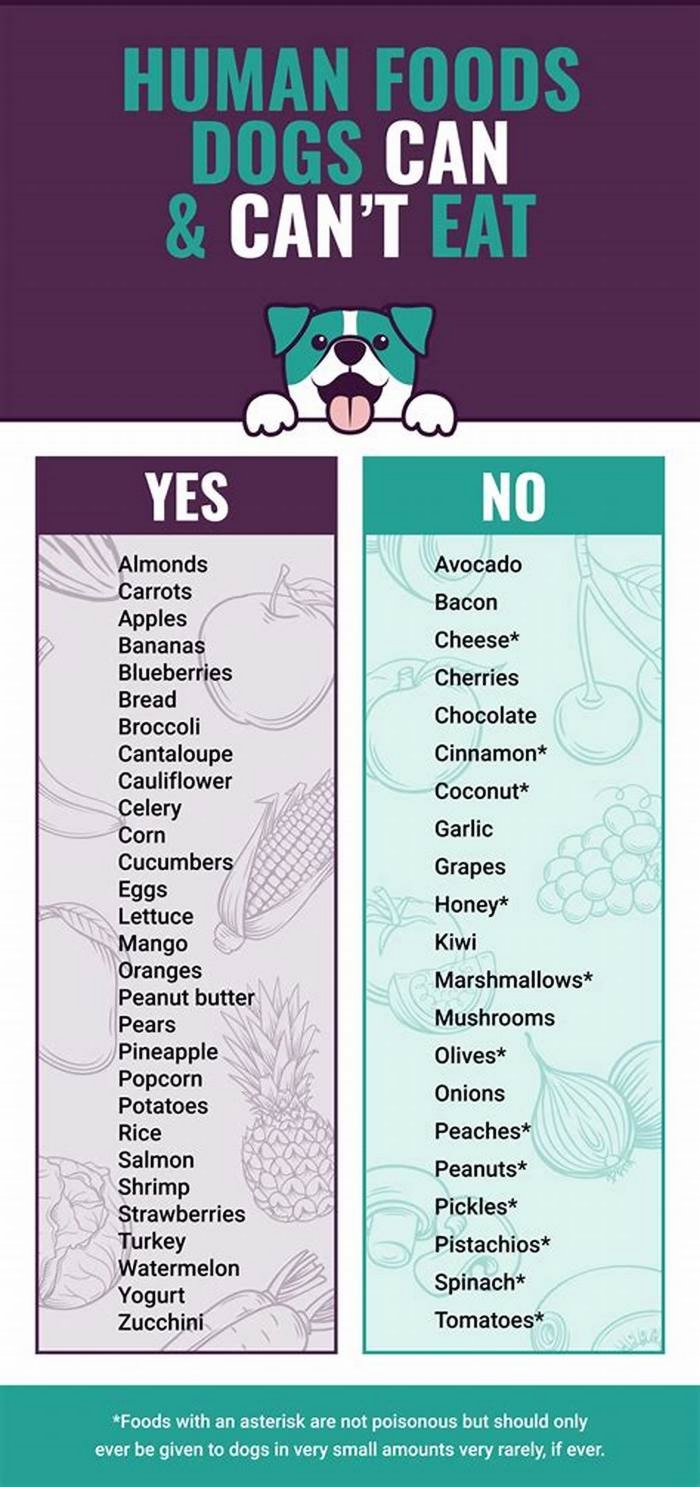What are the pros and cons of feeding dogs raw meat
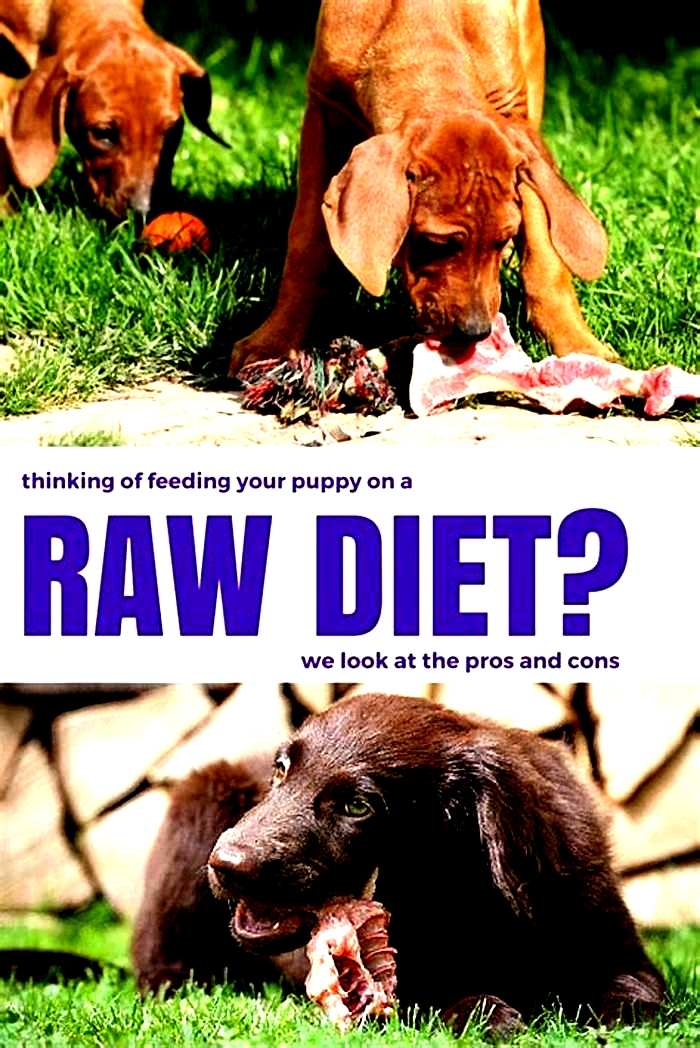
Raw Feeding For Dogs
There are a number of pros and cons to raw feeding for dogs. If you get it wrong there are risks to your dogs health, and even your own family if your hygiene is poor. However, get it right and not only is it as safe as any complete commercial food, it can be even better for your dogs body too. Raw feeding is not just a fad, its a genuinely viable alternative to intensively produced kibble or canned food.
Contents
How Dogs Eat Raw Meat
When we raw feed our dogs we dont just give them meat as wed have prepared on a plate. They eat almost the entire animal. So we give them bones and even some organs, as well as the flesh.
When your puppy eats a lump of flesh with a bone inside it, a chicken wing for example, or part of a rabbit, he first bites down on the bones using the big molars at the back of his jaw. This biting action crushes the bone within the meat to make the whole parcel of food more bendy and easier to swallow.
Even an eight week old puppy has a very powerful bite. My 8 week old Labrador and Spaniel puppies can crush the bone in a chicken wing, in a few seconds. These are bones as thick as your little finger.
Some owners choose to raw feed with just pre pared frozen packs of raw food, but most owners prepare it themselves from local butchers stores, farms or ranches.
The Risks Of Raw Feeding
Every time a puppy crunches up a bone this way, he is swallowing sharp fragments of broken bone. It is believed that raw bone fragments are softer and less dangerous than cooked bone fragments, but dont kid yourself, there will be fragments, they will be sharp, and your puppy will swallow them.
No-one can tell you what the risks of swallowing these sharp bones might be. And fear of these risks puts many people off raw feeding.
It took me over a year of researching and asking questions before I took the plunge and started to raw feed my dogs, so great was my concern over this question. But now lets put that risk into context.
I have been feeding my dogs on raw meaty bones now for around ten years. I usually have at least four dogs, and feed them once a day, more often when they are small. That means I have fed in the region of fourteen to twenty thousand boney meals so far. With no adverse effects. Of course I could just be incredibly lucky.
Then I have friends who have far more dogs than I, and who have been feeding raw for far longer than me. Again, without incident, so we are talking about hundreds of thousands of raw meals with bones in here. Without adverse effects.
Again, it could be luck. But, whilst there is probably some risk involved in a puppy swallowing bones, it is looking increasingly likely to be quite a small one.
Impacted bone
When a dog gnaws away on a bone, especially a large bone, he swallows many small fragments of that bone. These fragments can collect in the intestine and cause a bit of a traffic jam which prevents things moving along as they should.
At best this may cause your puppy to become constipated. At worst it could block the intestine completely, resulting in a medical emergency. Again, this has never happened to my own dogs, but some vets worry about dogs being fed raw for this reason.
Fractured teeth
Another problem with eating certain types of bone is fractured teeth. This may not seem like such a big deal to you. A broken tooth is not life threatening after all. But in dogs, dental treatment is not a simple matter. It requires a general anaesthetic which is not without risk, and putting the problem right will make a serious dent in your wallet.
The bones that break dogs teeth tend to be weight-bearing bones of larger mammals. These are much harder than rib bones for example, and more likely to cause tooth damage. So we need tomake sure we dont feed our puppies leg bones from large herbivores such as cattle, or sheep.
Feeding Bone Safely
Bearing in mind that raw fed dogs are not forming queues outside every local animal hospital, it is clear that there must be ways of raw feeding that avoid some or all of the risks. So lets take a closer look
The first step in reducing the risk from bone is to feed bone and meat together. Ideally as nature intended with the bone on the inside and the muscle on the outside. This makes a parcel of bone wrapped in meat and helps it all to slide down without injury to the dog.
Feeding bone and meat together (rather than recreational bones on their own) may also help to avoid the risk of impaction.
The risk of impaction can be also be reduced by making sure bone is an appropriate proportion of your dogs diet. And by ensuring that your dog always has access to plenty of fresh drinking water. A dog that has just eaten a bony carcass needs to drink more than a dog that has just eaten some muscle meat.
The risk of infection
You may have seen pictures of tiny puppies munching on raw chicken wings and been horrified. Arent raw bones sharp and dangerous and crawling in germs? Especially chicken because we all know that dogs shouldnt eat chicken bones, and chicken is widely known to be heaving in Salmonella, Campylobacter and other horrible pathogens.
Fortunately, these germs seem to have absolutely no effect whatsoever on the average dog.
Of course, there is bound to be an exception to this rule, so no-one can guarantee your dog will not get some horrible tummy bug from eating raw chicken. But again, thousands of dogs eat raw chicken, every day and come to no harm. Not to mention all the other foul substances that many dogs consume on a regular basis, including the faeces of other animals.
The fact is, dogs in general are able to cope with digesting pathogens which would make us very ill. There is however another risk from the pathogens in raw meat. And that risk is to the people that handle the dog.
The risk to your family
Obviously, you are sensible enough to take precautions when preparing raw meat. You dont need me to tell you that you should store raw meat in a dedicated container in your fridge, and cut it up with tools and on a board, used only for this purpose. Washing your hands and all utensils thoroughly afterwards.
But remember that when a dog has eaten raw food, the fur around his mouth and on his front paws is likely to be heavily contaminated with any pathogens in his dinner. This can be a big problem if you have small children and they play with your dog.
Children are notoriously lax about hygiene. You will struggle to make sure they wash their hands effectively after any contact with a dog that has recently been exposed to raw meat. This is an important consideration.
You also need to consider that dogs are much more likely to be possessive over raw food than kibble. So you will need to make very sure that children do not disturb the dog when he is eating, or handle him for some time afterwards.
The challenges of training a raw fed puppy
Nowadays we train puppies with food. And small puppies have a lot to learn. This means using a lot of food in early training. As we dont want our puppies to get fat, we use their daily food allowance for this purpose. This is extremely easy to do with kibble, and much harder to do with raw food. Especially raw meat on the bone, which is an essential part of a balanced raw diet.
All dogs need to be trained to some extent. And medium to large dogs need a lot of training to ensure that they are not a public nuisance. So training is not optional. Training is also a lot of fun if done properly, so you dont want to miss out on this.
The benefits of raw feeding for dogs
You will hear all kinds of claims for health benefits in raw fed dogs. Here are a few of those claims
- Shinier coats
- Healthier teeth and gums
- Fewer allergies
- Better behavior
- Less obesity
- Reduced risk of bloat
- Healthy anal glands
- More energy
The problem is, there is little evidence for most of these claims. No formal studies have been carried out comparing the teeth, coats, skin and behavior for example of raw fed and kibble fed dogs. So how do we sort the facts from the myths?
No more smelly poop
The first and least disputable advantage of switching to raw food is not to your dog at all. It is to you. Its about what comes out of your dog, not what goes in.
The poop produced by raw fed dogs is far less smelly and much smaller in quantity that the poop produced by kibble fed dogs. Which lets face it, smells appalling.
Raw fed dog poop is largely powdered bone, and smells of very little. This is of no interest to your dog, but a source of great pleasure to raw fed dog owners.
Reducing the risk of bloat
Bloat is a potentially fatal condition where the dogs stomach becomes grossly distended. If the stomach rotates, the blood supply to it may be cut off and immediate veterinary treatment will be required to save the dogs life.
One study, showed that dogs were more likely to suffer from bloat if they were fed on certain types of kibble. Another study (source) showed that dogs fed on dry food alone, were more likely to get bloat than dogs fed on wet food.
Fortunately most dogs are not particularly susceptible to bloat, but if you have a dog that is at risk such as a large, deep-chested dog, or a dog that has a close relative that suffered from bloat, then it might be worth taking this into consideration when choosing how to feed your dog.
Keeping anal glands healthy
This is a lovely topic but maybe not one to read over the breakfast table! If you have ever seen a dog scooting (dragging his bottom along the floor) youve probably seen a dog with anal gland issues.
Canine anal glands are located either side of the anus and are squeezed empty each time a dog empties his bowels. Or they should be.
If the dogs bowel movements are frequently soft, these glands may not be emptied effectively and they can become inflamed or blocked and cause the dog irritation or discomfort. Scooting is one symptom of this
With a raw fed dog, this tends not to happen. There is a sound reason for this. His bowel movements are usually firm and the anal glands get emptied each time he empties them. This keeps them in good health, without the intervention of a human hand.
Of course, not all kibble fed dogs get anal gland problems, and somewhere there is probably a raw fed dog that does have them. But it is clear that claims for better anal gland health for raw fed dogs do seem to be well founded.
Feeding Raw Cleans Teeth
Perhaps the most frequently reported effect of raw feeding is improvements in dental health. My initial reasons for switching to raw included concerns about my dogs teeth.
Even my younger dogs had teeth that were becoming heavily discolored on their kibble diets, and I had heard some great reports about the benefits of a raw diet on dogs dental health. Sure enough, within a few weeks on raw, my dogs were all flashing a great set of sparkling white teeth.
How bones clean teeth
Vets claim that a very high percentage of dogs nowadays suffer from dental problems and gum disease.
And of course scaled up teeth are not only a big deal to put right (under general anaesthetic), the treatment has to be repeated on a regular basis (at least once a year)
The reason that the raw diet keeps teeth and gums healthy, is two-fold, firstly the diet is free from carbohydrates and secondly the broken fragments of bone in the dogs food have an abrasive action on the dogs teeth, stripping off the gunk and leaving them nice and clean.
There is an alternative of course, you could teach your dog to let you clean his teeth morning and evening, just as you do your children.
The difference is that youll have to do it for him for the rest of his life, and if you have more than one dog, this could be quite time consuming. The fact is, most people just dont bother.
Raw Feeding To Resolve Weight Issues
It is quite difficult to overfeed a dog on raw food. Dogs tend not to overeat on raw and without the sugars in their diet, seem less inclined to put on weight.
This is actually a bigger bonus than it might seem at first glance, because obesity is a huge problem for dogs at the current time, and because obesity is associated with a whole range of other health problems.
While it is true that your kibble fed dog need not be overweight, the sad fact is, many, if not most, are.
The joy of eating
There is no doubt at all that dogs adore raw meat and bones. A bowlful of kibble takes less than three minutes for the average dog to consume.
He then has until his next mealtime to dream about food.
A chunk of meaty ribcage, a rabbit, or a chicken back will last a dog up to ten times longer and provide huge amounts of blissful enjoyment.
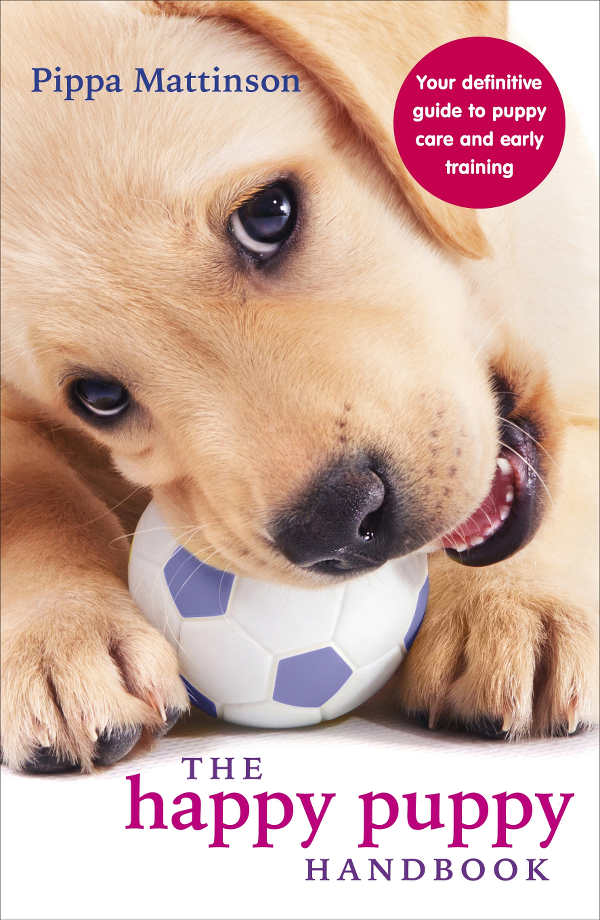 (paid link)
(paid link) This pleasure is difficult to measure or balance against other factors, but there is no doubt that it exists.
Allergies
The evidence for raw feeding as a solution for allergies is anecdotal. That is to say, no studies have been done that support the claims people make for changes in their dogs skin conditions as a result of switching to raw.
That being said, most kibbles contain grain of some kind, often in the form of wheat, corn or rice. They often also contain artificial flavourings or colorings. It is not impossible therefore that your dog could be allergic to one or more of the constituents of his dry food.
The great carbohydrate debate
We should probably mention carbohydrates again at this point because the key difference between dry food and raw (apart from the water content) is that kibble is carbohydrate based.
One of the reasons that I feel more comfortable feeding my dogs on a raw diet is that I am concerned about the long term effects of feeding large quantities of carbohydrates to an animal that is primarily constructed to process and digest carcasses.
Concerns about grain
It is true that modern dogs have evolved some ability to digest grain to some degree, as have we humans.
But we are only recently discovering the impact of massive grain consumption on the human population, and it isnt looking good. I am not convinced it is good for dogs either.
Grain is a relatively recent introduction into the diets of both man and dogs. A change that has occurred only since the dawn of agriculture.
And we, and our dogs are still in possession of the digestive systems that stood us in good stead when we were social predators, eating meat, leaves, roots and berries.
Not everyone agrees of course, that carbohydrates in large quantities are bad. Either for dogs or humans. But science is certainly changing its opinion on the virtues of living on a starch based diet.
This is something I see as even less appropriate for dogs than it is for you and me.
The Pros and Cons of Raw Feeding for Dogs
The benefits of feeding raw are likely to include great dental health (and fresh breath) This may be more important than it at first seems. There is evidence that poor dental health impacts on our bodys immune system and general health, and there is no reason to suppose that this does not also apply to dogs. Some people report improvements in allergies (skin conditions and tummy troubles) in dogs after switching to raw, though this is not yet proven Cleaning up after your dog will be more pleasant when he is raw fed, and your dog will enjoy his mealtimes a whole lot more than he did before.
The disadvantages of raw feeding are that there may be some risks. The risk of internal injury or impaction from bone, and the risk of infection, both to your dog and your family. The risks may be smaller than once thought but we have no way of knowing for sure.Thisis an especially important consideration where children are involved.
Balanced against these risks are the risk of bloat, in kibble fed dogs (probably only relevant if you have a susceptible dog) and the, as yet unproven, concerns that I and others share about feeding a lot of carbohydrates to dogs.


